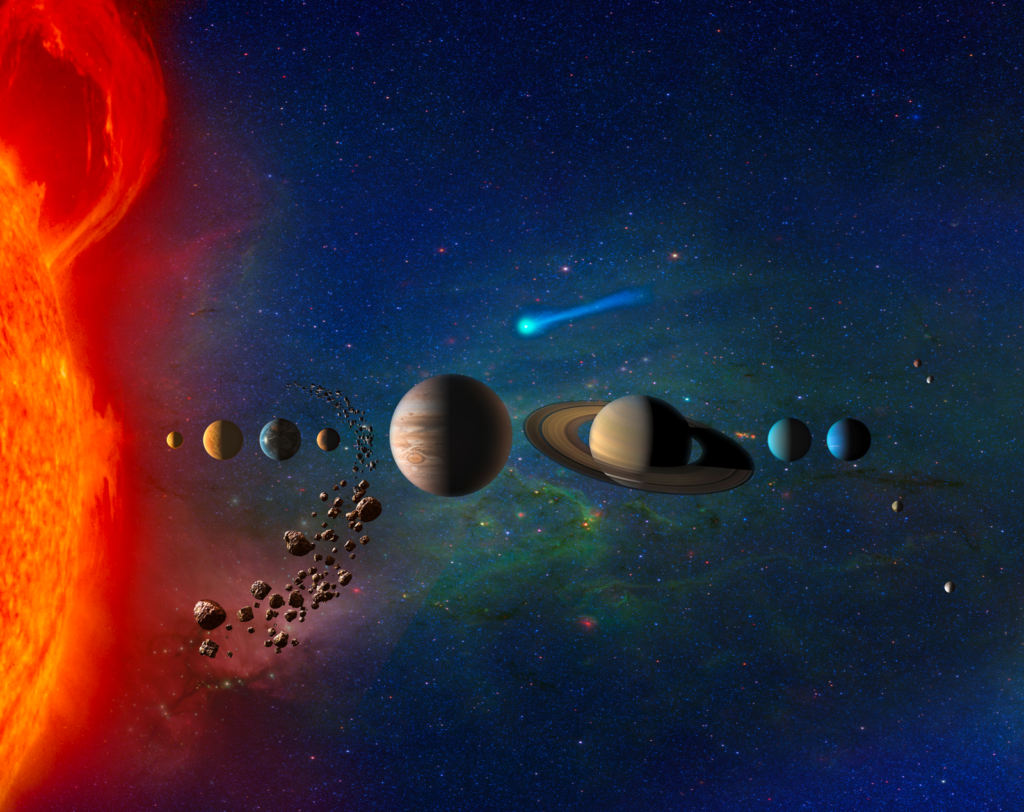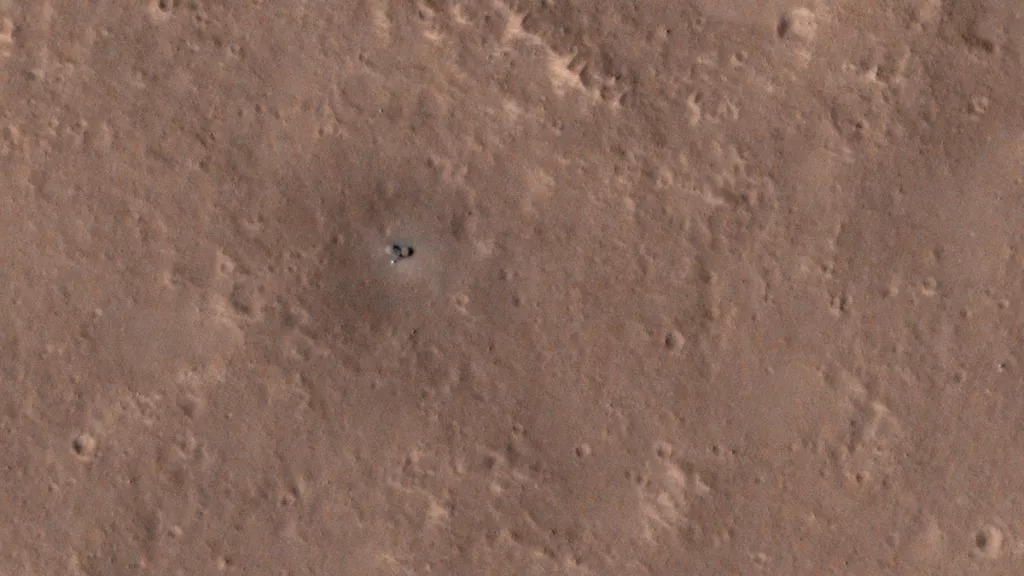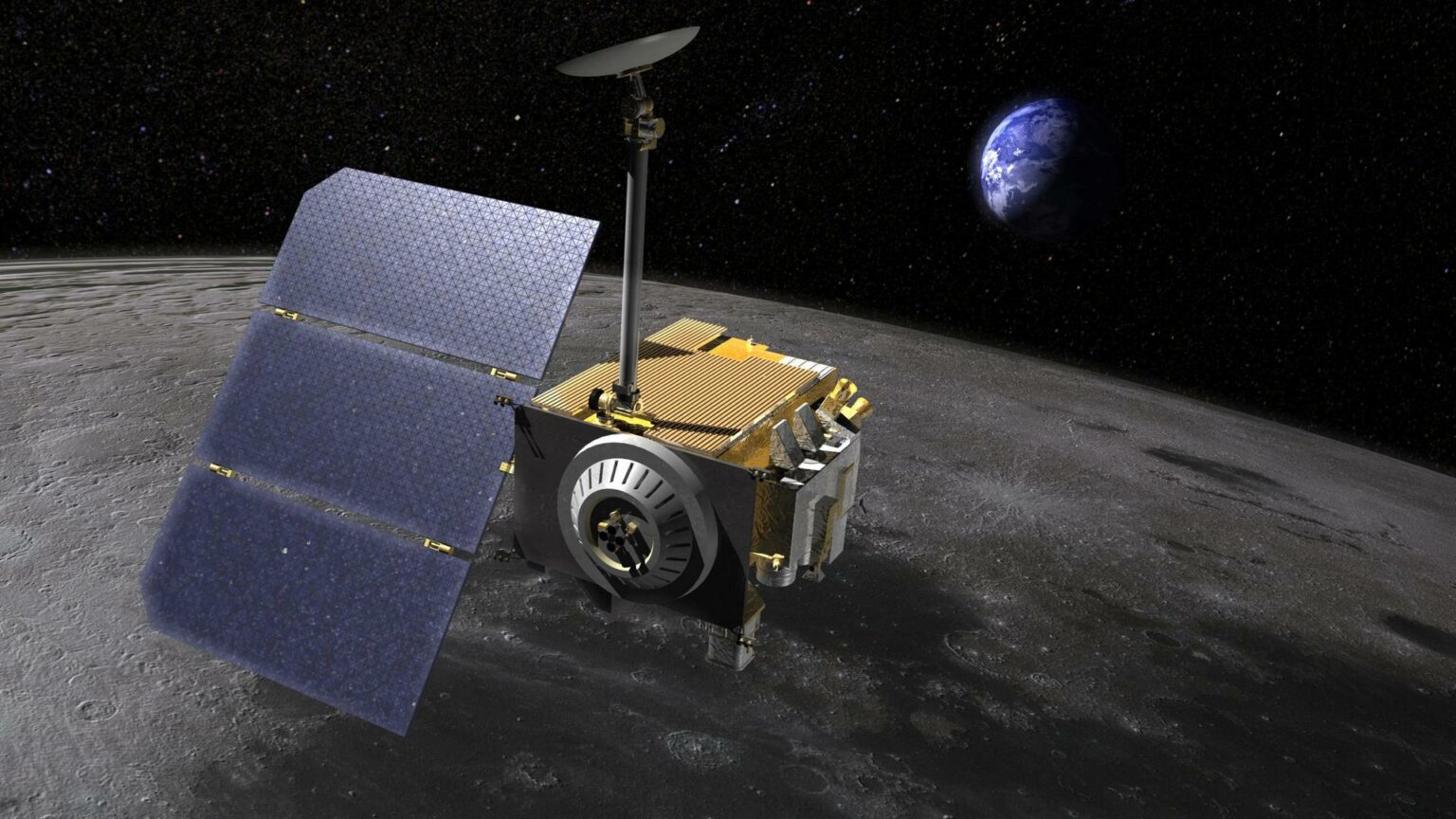After a thorough analysis of the existing interplanetary missions, NASA decided to extend eight of them. This is due to both their high scientific output and the potential for further research.

The list includes the following missions:
MAVEN (Mars Atmosphere and Volatile Evolution). Its main task will be to study the changes in the Martian atmosphere during the upcoming solar maximum. The spacecraft will also be used as a repeater for transmitting data collected by rovers to Earth.
InSight. The spacecraft will continue to collect data on the seismic activity of Mars as long as its dusty solar panels generate enough energy. According to the latest estimates, InSight will be able to continue working until the end of this year, after which it will freeze.

Mars Science Laboratory. The Curiosity rover, which has already driven 27 km across the Martian surface, will continue its ascent of Mount Sharp in order to study sedimentary rocks formed at a time when the Red Planet was a water world.
Mars Odyssey. The record-breaking spacecraft (recall that it was launched back in 2001) will conduct studies of rocks and ice under the surface of Mars, monitor the radiation situation in the vicinity of the planet and continue its long-term climate monitoring campaign.
MRO (Mars Reconnaissance Orbiter). Recently, engineers decided to turn off the CRISM spectrometer due to a cryocooler failure. Nevertheless, the spacecraft will continue to study the Martian surface, atmosphere and climate. It will also continue to play a key role in transmitting the data collected by the rovers to Earth.
LRO (Lunar Reconnaissance Orbiter). The probe will continue to study the surface of the Moon. Thanks to a gradual change in its orbit, it will be able to study the permanently shaded regions where water ice deposits are believed to be located. LRO will also be used for the needs of the Artemis mission.

New Horizons. The probe will continue to study remote trans-Neptunian objects and monitor space weather. You can read more about the tasks of the extended mission here.
OSIRIS-REx. The spacecraft has received a new target. After dropping a capsule with samples of the matter of the asteroid Bennu to Earth, it will be sent to the asteroid Apophis. You can read more about the tasks of the extended mission here.
The decision to extend each of the projects was made after careful consideration by a group of experts from academia, industry and NASA. The scientific significance of the missions, the potential impact of continuing work and the possibility of performing new tasks not provided for by the original flight plan were taken into account.
It should be noted that NASA currently manages 14 interplanetary spacecraft. Another 12 missions are under development, 7 are being implemented jointly with other countries.
According to https://www.nasa.gov
